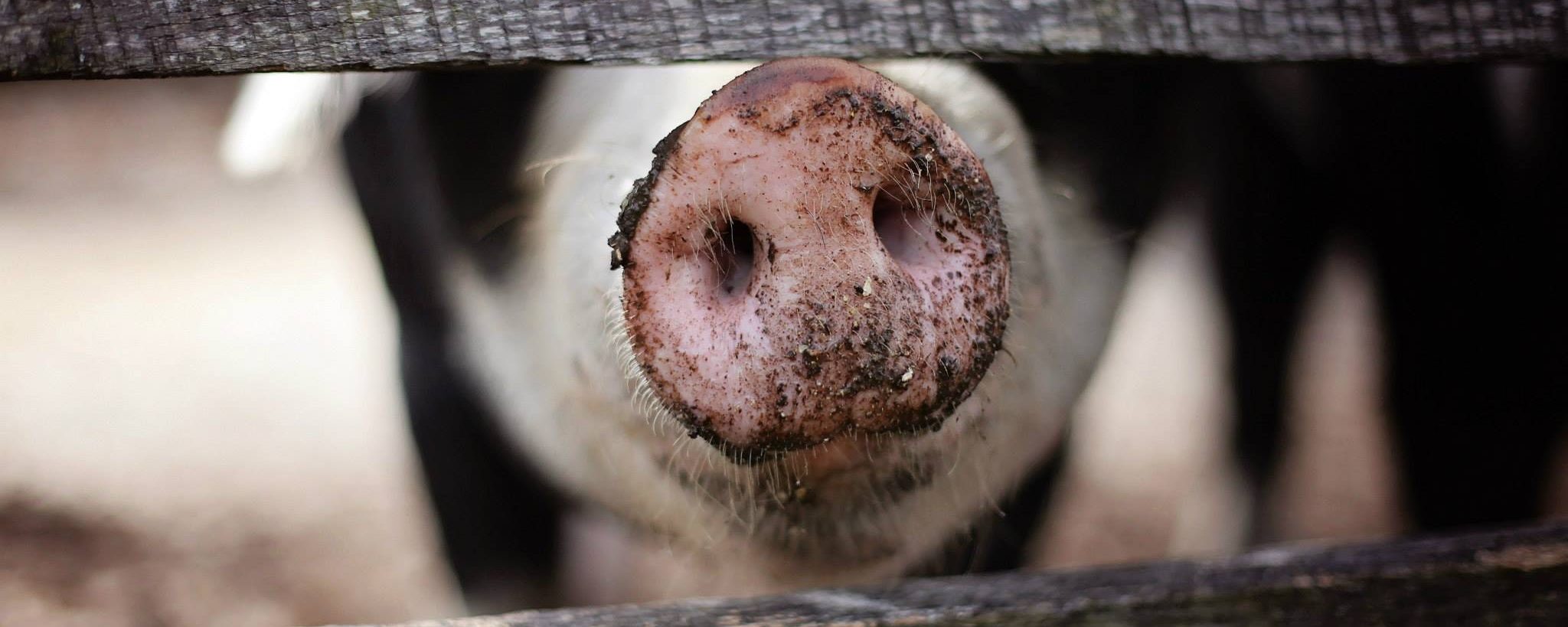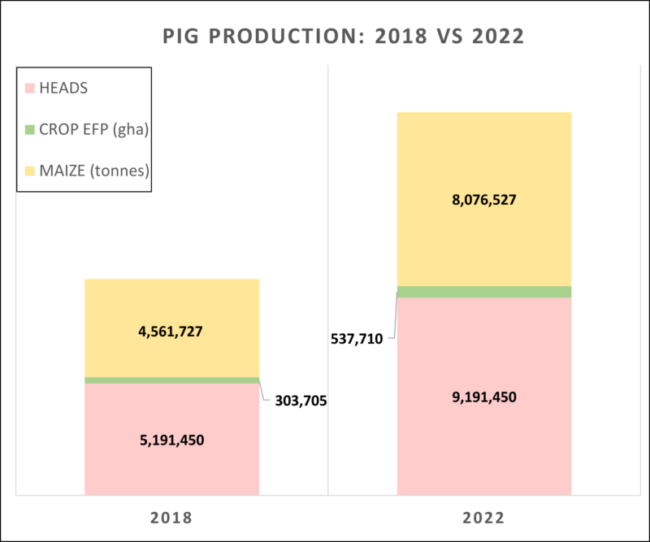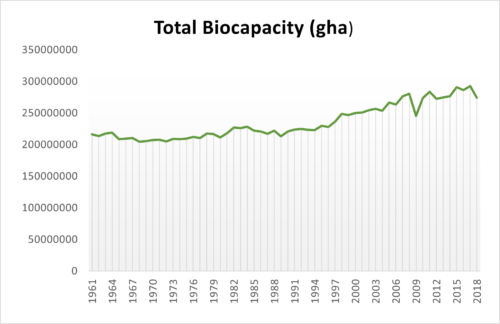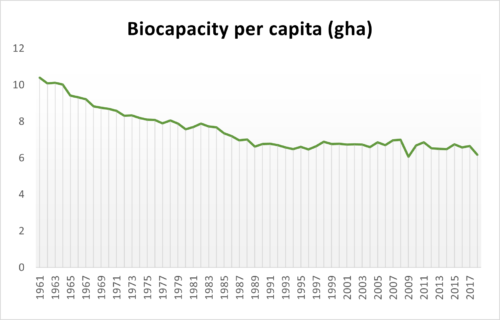
By Flo Gomez
Published Feb 2, 2021
Uses 2022 Accounts
Video presentation - English
Video presentación - Español

Photo by Leah Kelley from Pexels
The story behind the same old match Argentina has been playing since 1961, now in its new uniform: Industrial Pig Farming
Big numbers help us see big things. And vice versa. Industrial pig farming is detrimental for the environment, for small farmers, and for the animals who are confined to it. But economic crises push countries to adopt measures that overlook the socio-environmental consequences behind the international trades they agree upon.
Argentina is a well-known crop and meat exporter in the international trade game. With China's rise in their pig meat consumption, the country hopes to move forward with an agreement that will have Argentina raising (exclusive) pigs to satisfy this need. Argentina is interested in these agreements in its effort to combat the economic crisis.
Since futbol is so representative, I would like to use some football analogies to navigate through this agreement. If this was a match between Argentina and the economic crisis, does sending factory pigs to kick the ball assure scoring against the debt? Or is Argentina overlooking the hidden cost of buying these new players? Let’s see some (big) numbers.

The pig production in Argentina reflects an upward trend from 2000. In the year 2018, the peak production accounted for 5,191,450 pigs (the highest record). This amount required a total feed of 2,652,831 tonnes (of dry matter per year); 99% of this feed comes from crops and 1% from fish products (yes, fish). One of the crops being fed to pigs is corn. Pigs require 1.01 tonnes of maize per tonne of Live Weight.
In 2018, 4,561,727 tonnes of maize were used to feed the total pig production. This number is higher than the total feed because one is expressed in dry matter and the other one measures feed in relation to the weight of the animals. The crops fed to pigs in 2018, represented a total of 303,705 global hectares (gha), which is a total of 121,482 national hectares (a conversion factor of 2.5).
The match starts getting crowded
What’s the contested deal about? From the media, the maximum details that can be pulled out (since there is no available official plan to access yet) are the following:
- 20-25 factory units of 10-12 thousand mother pigs each
- Feed maize to be grown locally
 According to the UNNE (National University of Nordeste Argentina), in factory farming, each mother pig is estimated to have around 20 baby pigs per year (the number can be even higher but I’ll take the low side of the range). 20 units of 10 thousand mothers is a total of 200 thousand mothers. 200 thousand mothers give a total of 4 million pigs a year. This is an increase of 77% in comparison to Argentina’s pig production for the year 2018. If it helps to visualize how many extra pigs Argentina could be soon growing, imagine 74 Bombonera Stadiums at their full capacity, every year. This would be a total production of 170 full Bombonera Stadiums.
According to the UNNE (National University of Nordeste Argentina), in factory farming, each mother pig is estimated to have around 20 baby pigs per year (the number can be even higher but I’ll take the low side of the range). 20 units of 10 thousand mothers is a total of 200 thousand mothers. 200 thousand mothers give a total of 4 million pigs a year. This is an increase of 77% in comparison to Argentina’s pig production for the year 2018. If it helps to visualize how many extra pigs Argentina could be soon growing, imagine 74 Bombonera Stadiums at their full capacity, every year. This would be a total production of 170 full Bombonera Stadiums.
Basically, 4 million new pigs to export to China might have Argentina:
-
- Producing 9,191,450 pigs per year
- Feeding on 8,076,527 tonnes of maize
- Increasing the Ecological Footprint (EF) of Crop Production from 303,705 gha to 537,709 gha

Estimated values based on the assumption that the agreement got fully implemented by 2022
The extra 234,004 gha equals 93,601 national hectares. Imagine the size equivalent to 131,093 Bombonera Stadiums of land destined to crops for animals, animals to be eaten on the other side of the globe.
 Argentina's biocapacity shows an overall increase (due to technological improvement).However, the biocapacity available per capita has decreased substantially, meaning there are more people than what the country's bioproductive capacity can provide for. If biocapacity per capita is decreasing, does it make sense to use those crops to feed animals that end up overseas? The new hectares to grow crops must be allocated from land that’s being used already for something else.
Argentina's biocapacity shows an overall increase (due to technological improvement).However, the biocapacity available per capita has decreased substantially, meaning there are more people than what the country's bioproductive capacity can provide for. If biocapacity per capita is decreasing, does it make sense to use those crops to feed animals that end up overseas? The new hectares to grow crops must be allocated from land that’s being used already for something else.
As one can see, production trends in Argentina go upwards. The ecological footprints of total production, crop production and carbon emissions associated with production have increased from 1961 to 2018. These agreements certainly feed the overall trends.

Units in global hectares
For this article, I mainly focused on the feed that these pigs will require. But that is not the only environmental impact to assess. Materials throughput, eutrophication, soil desertification and all sorts of social issues are a few examples of the associated risks an agreement like this would entail. Does a match get suspended for bad weather predictions? I hope the Ecological Footprint helps to decide so.
References:
FCV, & UNNE. (2016). Unidad 1: Sistemas de Producción porcina en la República Argentina [Review of Unidad 1: Sistemas de Producción porcina en la República Argentina]. Producción de Pequeños Rumiantes Y Cerdos; WordPress. https://ppryc.files.wordpress.com/2016/03/unidad-tematica-iii-unidad-1-tema-2-sistemas-de-produccic3b3n-porcina.pdf

